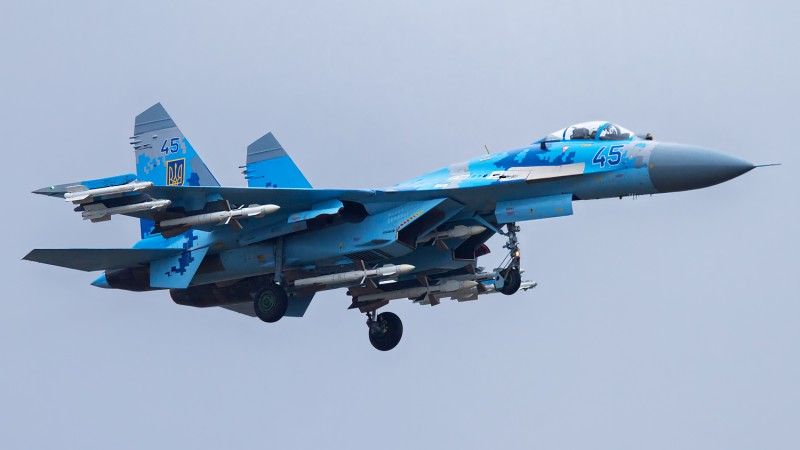“Frankenstein Missiles” for Ukraine

Photo. Andryei Rakul
European companies and the United States are aiding Ukraine in developing production-ready substitutes for S-300 missile systems and R-27 air-to-air missiles, U.S. Defense Secretary Lloyd J. Austin announced during the 24th meeting of the Ukraine Defense Contact Group.
The R-27 medium-range air-to-air missiles, guided by radar, were once the primary armament for Ukraine’s Soviet-era MiG-29 (about 40 in active service before the war) and Su-27 fighter jets (34 before the war). Although Ukrainian aircraft have rarely engaged in traditional air combat, they frequently used these missiles to target enemy drones and cruise missiles. After two and a half years of war, despite receiving third-party supplies, Ukraine’s stockpile of these missiles is likely depleted.
A similar situation applies to the missiles for Ukraine’s S-300 medium-range surface-to-air defense systems. Prior to the war, Ukraine had 250 S-300 launchers, which formed the backbone of the country’s air defense. While losses among these systems have been smaller than those of the MiG and Su aircraft, Ukraine has still lost between 70 and 80 S-300 launchers, according to photographic evidence. With around 170 units likely still in service, these systems have been used intensively throughout the war, depleting their effector reserves. Aside from limited assistance from Slovakia, which provided a battery with a few launchers and missiles, Ukraine has struggled to replenish its stocks.
Frankenstein SAMs and Poland
The concept of improvising to replace Ukraine’s dwindling munition supplies is not new. One notable example is the hybrid integration of Ukraine’s Buk short-range air defense systems (72 in service before the war, with several lost) with American AIM-7 Sparrow missiles, resulting in a hybrid system dubbed “frankenSAM”.
Additionally, Soviet-era aircraft have been partially integrated with American HARM missiles, SCALP/Storm Shadow cruise missiles, and glide bombs. There are also discussions about integrating the Su-27 and MiG-29 jets with AIM-120 AMRAAM missiles, though technical challenges have slowed progress, leading to the push for an “R-27 successor”. This new missile is expected to feature significantly improved performance specifications, given the involvement of Western companies and the fact that the original R-27 was designed in the 1970s and 1980s. Similarly, the new missile for the S-300 system is likely to be superior as well.
The key question now is when these replacement missiles will enter mass production, where they will be manufactured (in Ukraine, Europe, or the U.S.), and how many will be produced. It will also be interesting to see how much these new missiles enhance Ukraine’s defense capabilities, including range and the ability to penetrate enemy defenses. However, the primary goal remains to ensure a sufficient scale of production to keep Ukraine’s air and missile defense systems operational without risking a shortage of effectors.



